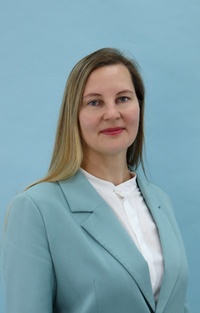Вам может быть интересно:
Архив журнала
Особенности овладения письменной речью детьми с нестандартным профилем полушарной асимметрии мозга
- 916
- Файл статьи: PDF
Аннотация: В настоящей статье описаны редкие варианты дислексий и дисграфий у детей младшего школьного возраста. Нарушения обусловлены особой мозговой организацией у них процессов овладения грамотой. Показано, что основную роль здесь играет повышенная функциональная активность правого полушария мозга. Наличие у детей знаков левшества подтверждает такую трактовку. На передний план выступает неспособность аналитико-синтетического способа восприятия и воспроизведения слов и фраз. Дети не в состоянии провести их анализ и линейно расположить составляющие эти речевые единицы элементы. В рамках чтения слов и предложений это проявляется в резко выраженной фрагментарности их восприятия, в рамках письма — в грубейших искажениях звукового состава слова: многочисленных пропусках, перестановках, заменах букв. Вместе с тем специальные диагностические пробы показали значительно более легкую обработку текстов симультанно, что соответствует механизмам глобального чтения и идеограммного письма. Основной вывод настоящей работы состоит в необходимости дифференцированного подхода к способу обучения грамоте детей на начальных этапах, т. е. к выбору аналитико-синтетического или глобального метода обучения. Это важно и для успешности школьного процесса, и для мотивации ребенка к обучению.
Ключевые слова: младший школьный возраст; обучение чтению и письму; дислексия; дисграфия; мозговые механизмы чтения и письма; аналитико-синтетический способ обучения грамоте; глобальное чтение; профиль полушарной асимметрии.
Abstract: This article describes rare variants of dyslexia and dysgraphia in primary school children. They are caused by the special brain organization of their literacy acquisition processes. It is shown that the increased functional activity of the right hemisphere of the brain plays the main role here. The presence of the signs of left-handedness in such children confirms this interpretation. The central position in this process is occupied by the children’s inability to demonstrate the analytico-synthetic way of perception and reproduction of words and phrases. Children are not able to conduct their analysis and to linearly arrange the elements making up these speech units. While reading words and sentences, this is manifested in the pronounced fragmentation of their perception; in the course of writing — in serious distortions of the sound composition of the word: numerous omissions, permutations, and replacements of letters. At the same time, special diagnostic tests have shown that children cope much easier with simultaneous text processing, which corresponds to the mechanisms of global reading and ideogram writing. The main conclusion of this work consists in the need for a differentiated approach to the method of teaching reading and writing to children at the beginner stages, i.e. to the choice of analytico-synthetic or global teaching method. This is important for the success of the schooling process and for motivating the child to learn.
Key words: junior school age; teaching reading and writing; dyslexia; dysgraphia; brain mechanisms of reading and writing; analytical-synthetical method of teaching reading and writing; global reading; hemi-spheric asymmetry profile.


